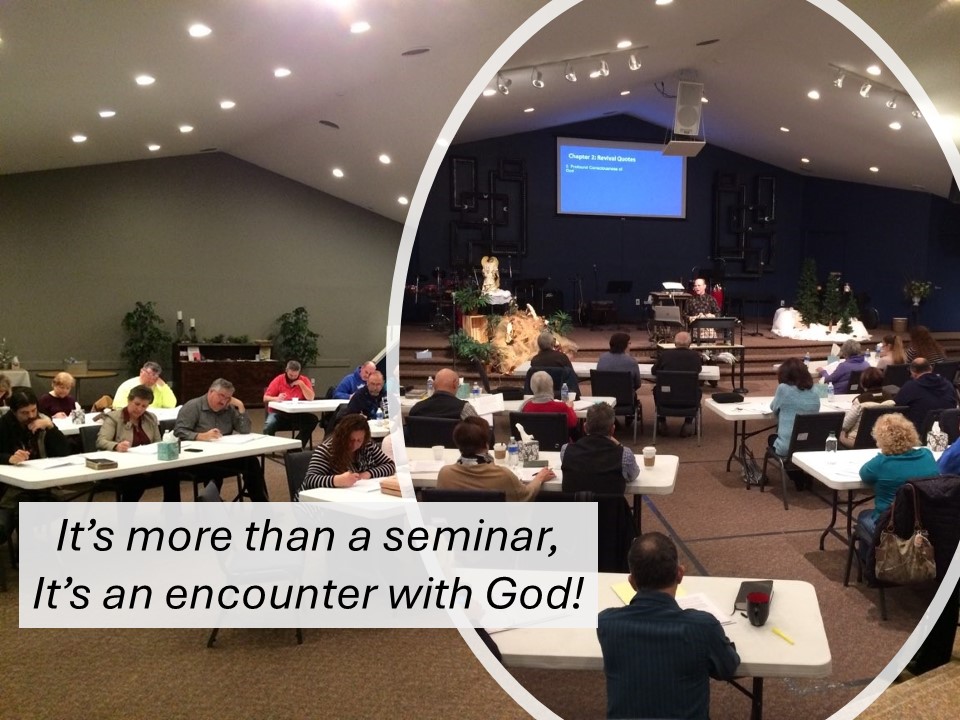Host Our Only 1 Spark Revival Seminar in Your Church

Origin of the Only 1 Spark Revival Seminar
 Chet Swearingen, while serving as a missionary in a restricted access nation, developed the Only 1 Spark Revival Seminar.
Chet Swearingen, while serving as a missionary in a restricted access nation, developed the Only 1 Spark Revival Seminar.
The seminar was first taught to evangelists in that nation, and it contributed to a church-planting movement, wherein over 100 churches were started in 10 different provinces.
This seminar is now being conducted in churches in the USA .
What Is Shared in the Seminar?
The seminar provides an overview of biblical revivals, as well as a look at revivals throughout Church history, leading up to the present era.
Chet will also share firsthand experiences with the revival known as the “Jesus Movement” of the late 1960s and 1970s–a revival he experienced onboard a ship in the US Navy–and the church-planting (revival) movement while serving as a missionary.
What to Expect from This Seminar
• Your expectation and anticipation for revival will be enhanced.
• You will discover what God is capable of doing through revivals.
• You will learn how revivals can be spread to other congregations and regions.
• You will discover how your church can stay healthy during the emotional swings that accompany revivals.
• You will see patterns that have led to revivals starting.
• You will learn how to prepare for revival.
• You will come to understand that God’s will is for a revival to be perpetual!
The Seminar Is Inspirational
Participants who confessed to being spiritually dry prior to the seminar have had personal encounters with God. Comments from seminar participants:
• “I felt it was an encounter with God!”
• “This was so much more than an informational seminar.”
• “I would have paid a lot more for registration.”
• “This was beyond anything I imagined.”
• “I could have listened for several more hours.”
• “Extend the seminar to 8 hours.”
• “The seminar went far beyond meeting my expectations.”
Workbook
Each registered participant will receive an email with a PDF of the workbook before the seminar begins. Participants can follow along using their laptops, iPads, etc., or print a hard copy in advance, as hard copies will not be provided.

Chet Swearingen teaching the Only 1 Spark Revival Seminar
How Long Is the Seminar?
The seminar is designed to be completed in six hours but can be modified to meet the host church’s needs.
What Costs Are Involved?
We do not charge a registration fee, nor do we charge for the workbooks. However, the host church may set a registration fee to cover incidental costs.
Beautiful Feet requests that the host church cover our transportation and lodging expenses. We also request permission to sell our products during the seminar and would welcome a free-will donation at some point during the event.
Contact Us to Host This Seminar in Your Church
Chet & Phyllis Swearingen
Office: (260) 920-8248
romans1015@outlook.com
Beautiful Feet
P.O. Box 915
Auburn, IN 46706

